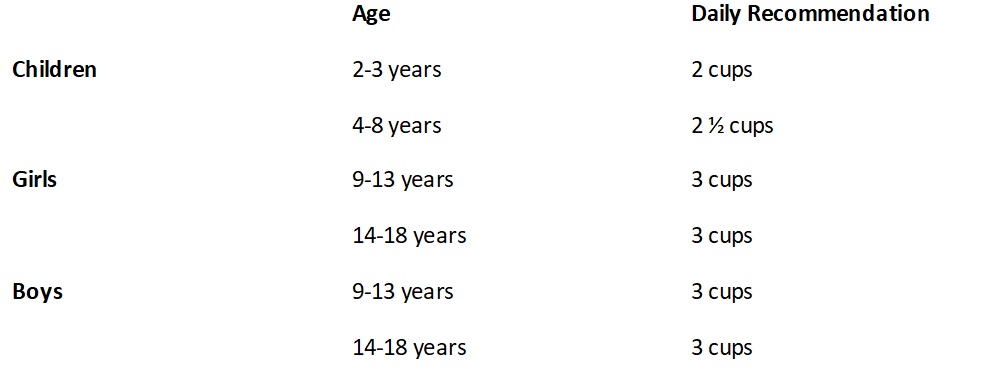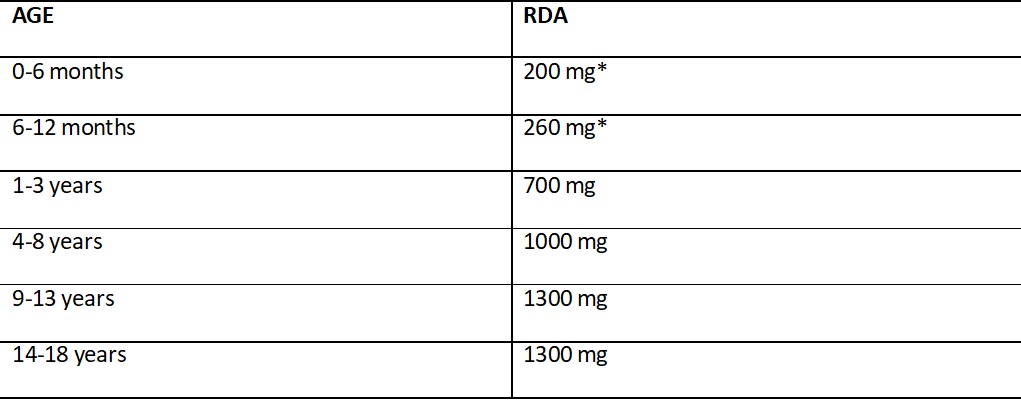A walk down the yogurt aisle can be overwhelming to say the least. There is Greek, French-style, Icelandic, drinkable, squeezable, organic, fruit on the bottom, whipped, non-GMO, and dairy free. Supermarkets may have up to 500 different varieties of yogurt on the shelves. So which is the best yogurt for kids?
What is yogurt?
According to the FDA, yogurt is defined as a fermented dairy product. It is derived from the fermentation of milk by two species of bacterial cultures, Streptococcus thermophilus and Lactobacillus bulgaricus. Other cultures such as Lactococcus lactis, Lactobacillus casei, or different species of bifidobacteria may be added for taste, texture, or for their probiotic properties. There is no FDA standard for plant-based yogurts, which may be fermented using S thermophilus and L bulgaricus.1
Live cultures are living organisms which change milk into yogurt during fermentation. Some yogurts are heat-treated after fermentation and most, if not all, of the live organisms are destroyed. Look for yogurt with live cultures. This additive will help to establish and maintain a healthy gut.
Yogurt is part of the USDA’s ChooseMyPlate dairy group. The amount of dairy recommended depends on age. Below are the recommendations for dairy intake.2

One cup from the dairy group is equal to 1 cup of milk, yogurt, or soymilk (soy beverage), 1 ½ ounces of natural cheese, or 2 ounces of processed cheese.2
What makes yogurt so healthy?
Yogurt is beneficial for children’s gastrointestinal health and bone health and development, especially as they are growing. Yogurt is rich in calcium, vitamins B6 and B12, riboflavin, potassium and magnesium. One cup can contain anywhere from 200-300 mg of calcium.
When looking at the Nutrition Facts Panel and the Daily Value (DV), be aware that a yogurt with less than 5% of calcium is a poor source, and one with 20% DV or greater is a good source of calcium. To get the milligrams of calcium, multiply by 10. For example, if the label states 45% DV of calcium in one serving, this would be 450 milligrams of calcium.
One cup of dairy-based yogurt typically provides 30 to 45 percent of the daily value for calcium, so you can get a lot of nutritional bang for your buck. If you are using frozen yogurt, 1 cup provides about 10 percent of the daily value for calcium. Remember to look for fortified varieties if you are choosing plant-based alternatives.
The following are the recommended daily calcium needs for children.3

*AI (Adequate Intake) = the recommended average daily intake based on data assumed to be adequate for this age group.
Dairy-based yogurt is a good source of protein.
Regular dairy yogurt typically contains 8 grams of protein per cup, similar to what is in a glass of milk. You can find higher protein content in Greek yogurt and Skyr (Icelandic) types of yogurt. They offer anywhere from 1 ½ to 2 times the amount of protein in regular yogurt. Protein helps with growth and development, especially in children. It also helps kids feel full after eating.
Yogurt can vary in its fat content.
There are non-fat, fat free and full fat (whole milk based) options on the shelves. Like protein, fat also helps contribute to a feeling of fullness after eating because it takes longer to digest. A whole milk based yogurt may be more filling and satisfying than a low fat or fat free kind. Fat is important to help our bodies absorb fat-soluble vitamins like vitamins A and D.
Yogurt is low lactose.
Yogurt, especially Greek yogurt, is considered a low lactose food that many people with lactose intolerance can enjoy. Fermentation with lactic acid converts some of the lactose (milk sugar) into glucose and galactose, breaking it down before your body has to. Lactose is the carbohydrate source in yogurt. Generally, a cup of plain yogurt has about 12 grams of carbohydrate and a cup of plain, non-fat Greek yogurt has about 9 grams per cup. If a yogurt contains more grams of carbohydrate than this, it is likely in the form of added sugar.
What makes yogurt unhealthy?
Now for the “bad” stuff. Sugar. Read the Nutrition Facts Label to see how much sugar may be added to the yogurt you choose. Sugar content can vary from 5 grams to as much as 20 grams per serving in the flavored or fruit varieties. It is recommended that children consume no more than 25 grams of added sugar per day. If a cup of yogurt contains 10 grams of added sugar per serving, that’s just slightly less than half of the recommended intake.
So what should I buy?
Here is a look at several of the different types of yogurt you can find on the shelves:
- Plain Yogurt made from cow’s milk and has active, live cultures added. The bacteria converts the lactose (milk sugar) to lactic acid which thickens the milk and gives it a tangy taste. You can find nearly every type of yogurt that has a plain variety, from regular to Greek.
- Flavored Yogurt plain yogurt that has added flavors and oftentimes sugar. Many are blended to make them smooth so you won’t have any chunks or seeds.
- Fruited Yogurt contains a fruit puree on the bottom of the container which is meant to be mixed into the plain yogurt. These can be overly sweet. Kids may not like taking the time or be able to stir the fruit in and dislike the taste of the plain yogurt by itself.
- Yogurt with Mix-Ins includes sprinkles, graham cracker pieces, nuts, granola, chocolate candies, or cookie pieces that are attached in a container on top or alongside the yogurt cup. They are meant to be mixed into the yogurt. Unfortunately these mix-ins add a significant amount of sugar making the yogurt more like an ice cream cone.
- Frozen Yogurt has added sugar, flavors and other additives to make its consistency more like a frozen dessert. The list of main ingredients includes milk, yogurt cultures and sugar. Often it contains 10% or less of the Daily Value for calcium. Frozen yogurt can range in fat and calorie content depending on the type of milk used to make it. A whole milk frozen yogurt will have more fat and calories than one made with non-fat milk. Adding toppings like sprinkles, nuts, chocolate sauce, or cookie pieces further increases calorie, fat and sugar intake. Do not confuse frozen yogurt with yogurt that is frozen. The bottom line: frozen yogurt is not a better alternative to ice cream.
- Dairy free available in oat, soy, coconut, and almond-based varieties. Be aware that they have a different nutrient profile than dairy yogurts and may not be the best choice for optimizing nutrient intake in children. Oftentimes they are lower in protein and fat and are fortified with calcium, vitamin D, and other nutrients. They contain certain additive thickeners to help match the “mouth feel” of dairy yogurt. Some may contain additional sugar or sweeteners to help with flavor. Fortified soy-based yogurt has the closest nutrition profile to dairy-based yogurt, while coconut milk and almond milk varieties are lower in protein.
Overall, plain yogurt would be the best choice in terms of health and nutritional quality. Unfortunately, you won’t find most children who will eat just plain yogurt.
Smooth, Chunky, Frozen…Cup, Bottle, Squeeze Pouch…Oh my!!!
When scanning the shelves, you will also see that the different types of yogurt also come in a variety of forms. There are cups, squeezable tubes, or yogurt-based drinks. Regardless of the type of yogurt or form it’s packaged in, think about what nutritional qualities are most important for your child.
Review the nutrition panel and ingredient list for fat, protein, and sugar content, and the addition of other vitamins and minerals. Think about which texture your child prefers. Do they like a smooth type, one with chunky pieces of fruit, or a type that is frozen or freezable? Do they enjoy eating with a spoon out of a cup or bowl? Or drinking it from a bottle or right out of a pouch or stick?
Always read the label and ingredient list. If buying plant-based yogurt, look for ones fortified with calcium and vitamin D. For any yogurt variety, look for as few ingredients as possible. Look closely at the label to determine how much sugar is naturally occurring versus how much is added. The longer the list of ingredients, the more likely it contains some unhealthy additives like coloring, sugar and artificial flavors.
Also, keep an eye out for the phrase “contains active cultures” or “living cultures” on the carton. The presence of the National Yogurt Association’s “Live & Active Cultures” seal insures that the yogurt contains live cultures.
Fun Yogurt Tips and Ideas
- Make plain yogurt more fun and flavorful by sweetening it with your own honey (only for children over the age of 1) and adding fruits like berries.
- Add it to smoothies by the spoonful or in frozen cubes for a yummy on-the-go breakfast. To make frozen cubes, fill an ice cube tray with your favorite yogurt and then freeze until solid.
- At lunch or dinner, use plain Greek yogurt in place of sour cream, heavy cream, or mayonnaise in pasta, tuna or potato salad.
- For a fun snack, use half a banana with a Popsicle stick placed in the bottom. Dunk the banana in low-fat yogurt, then roll in granola and enjoy!
- Make a fruit dip by stirring together 1 cup of plain Greek yogurt with 1 teaspoon of cinnamon and 1 teaspoon of vanilla extract.
- For a healthy dessert, try freezer-mold popsicles with equal parts yogurt, nonfat milk and fruit. Or for a parfait, layer yogurt with fresh fruit or berries and top with a sprinkle of high fiber, no sugar added granola.
As you can see, you can use yogurt in a variety of ways. Use your imagination and see what other healthy ideas you can create!



